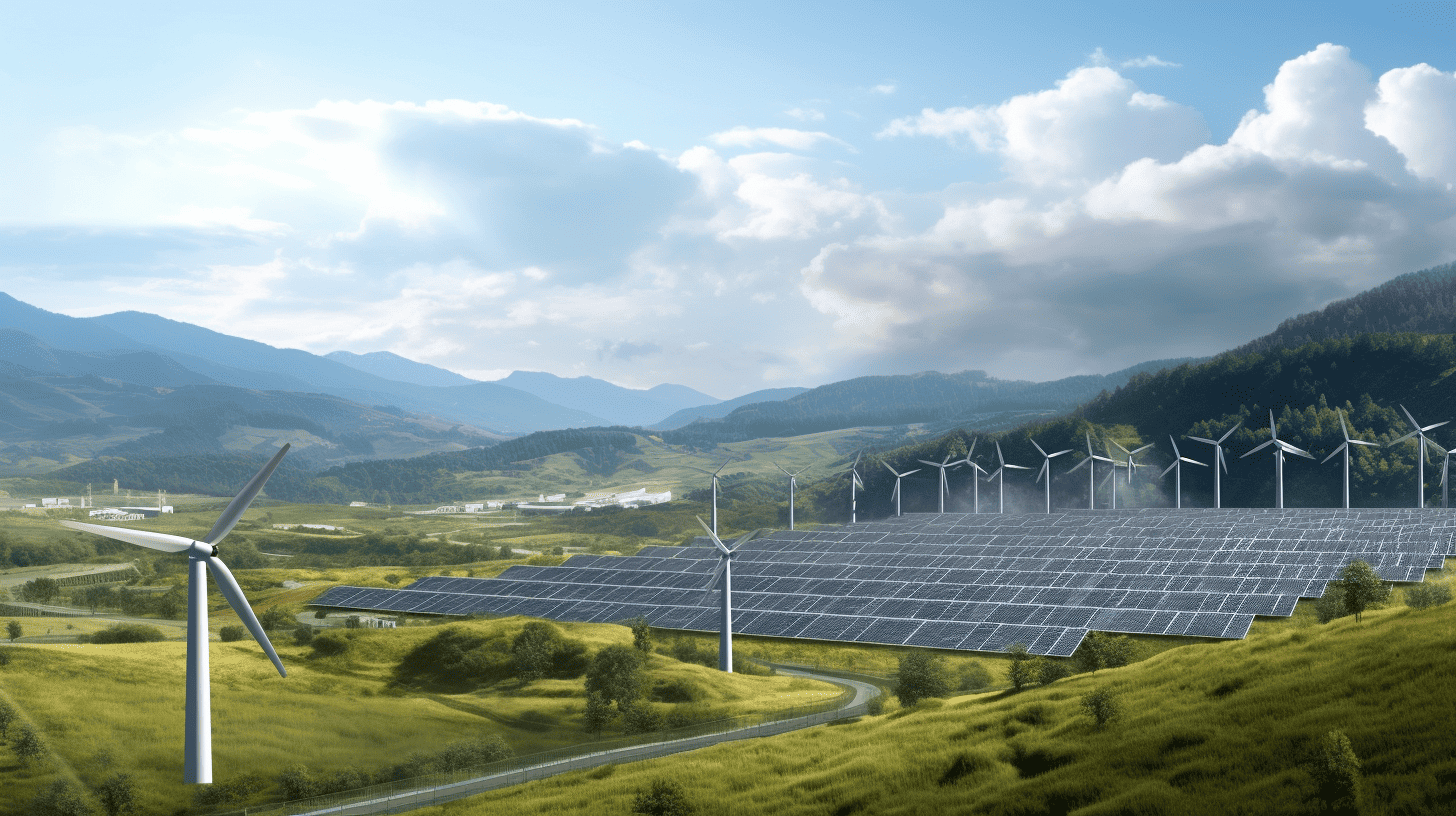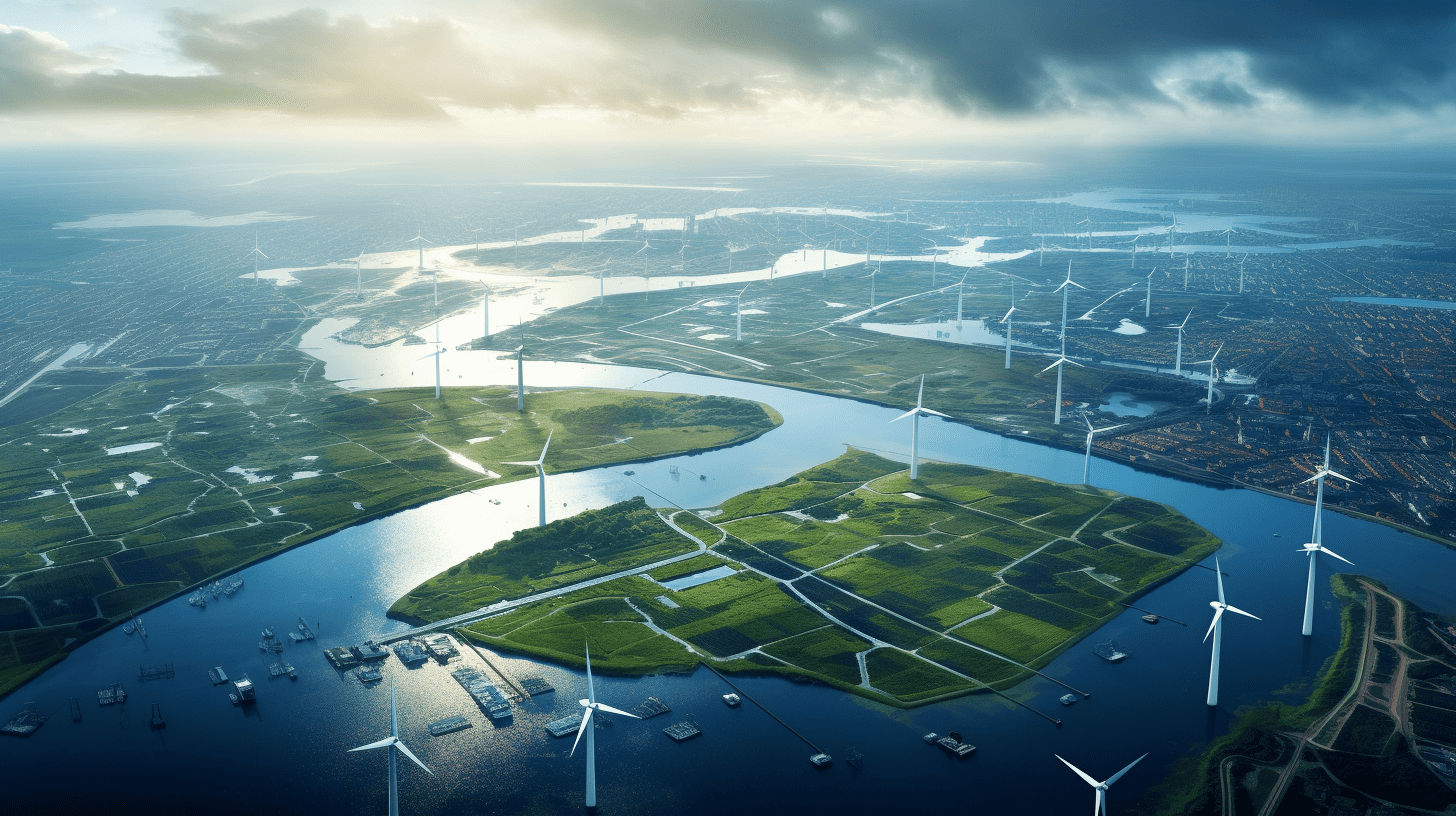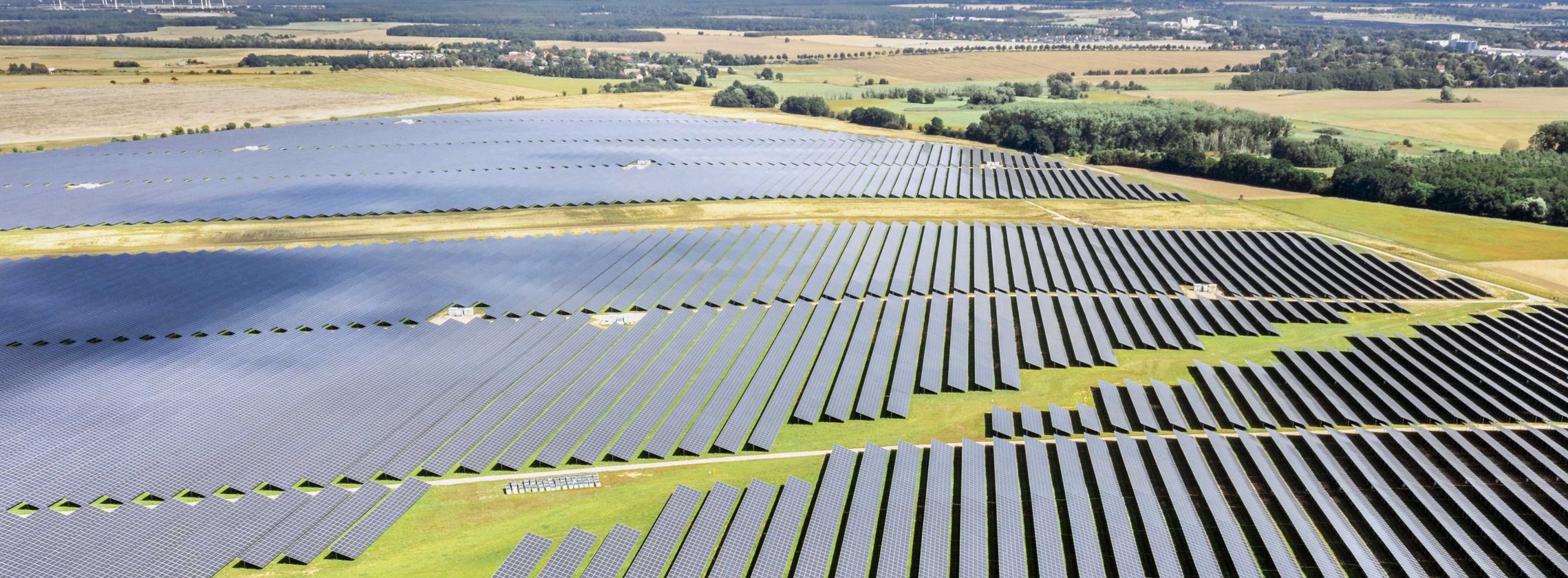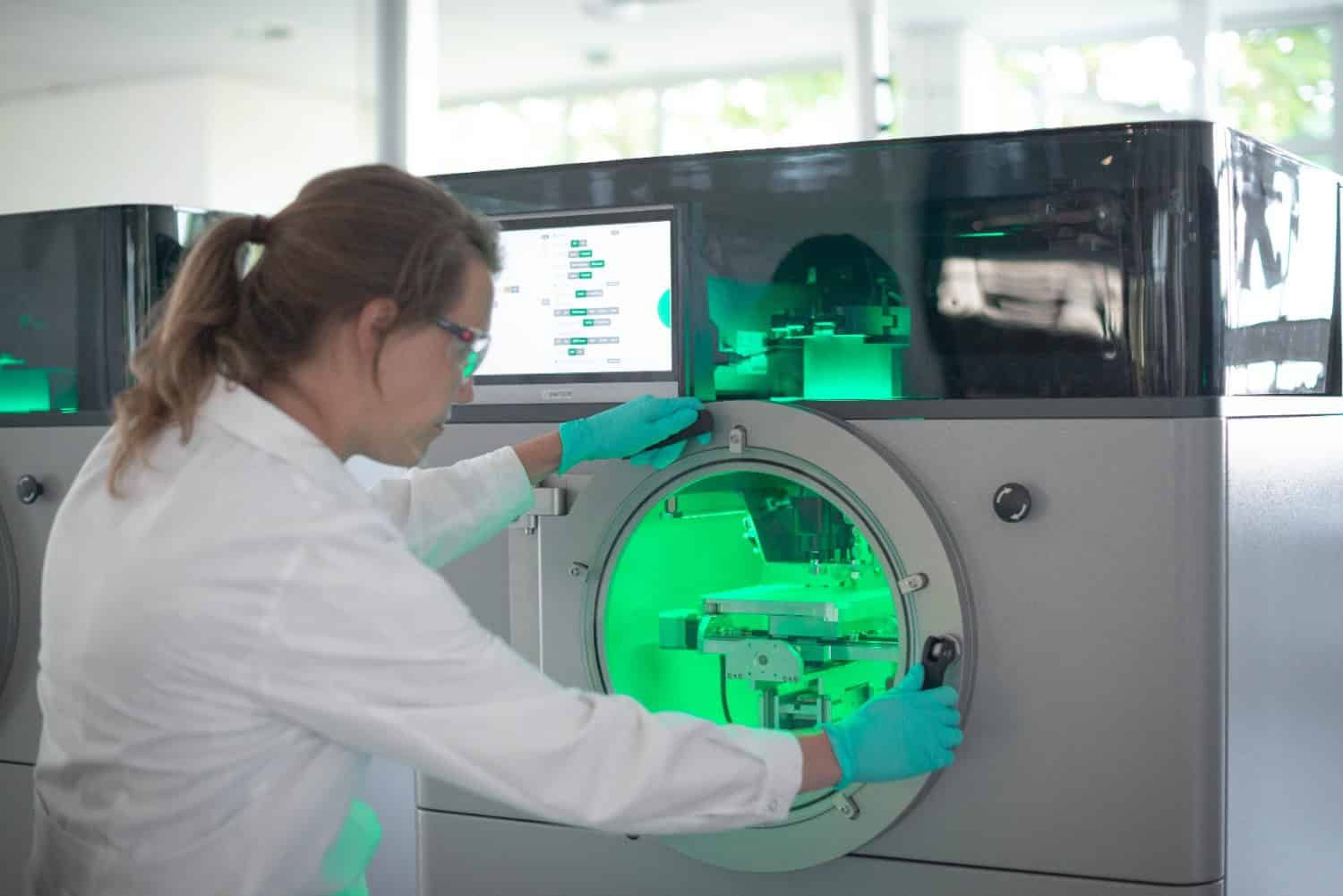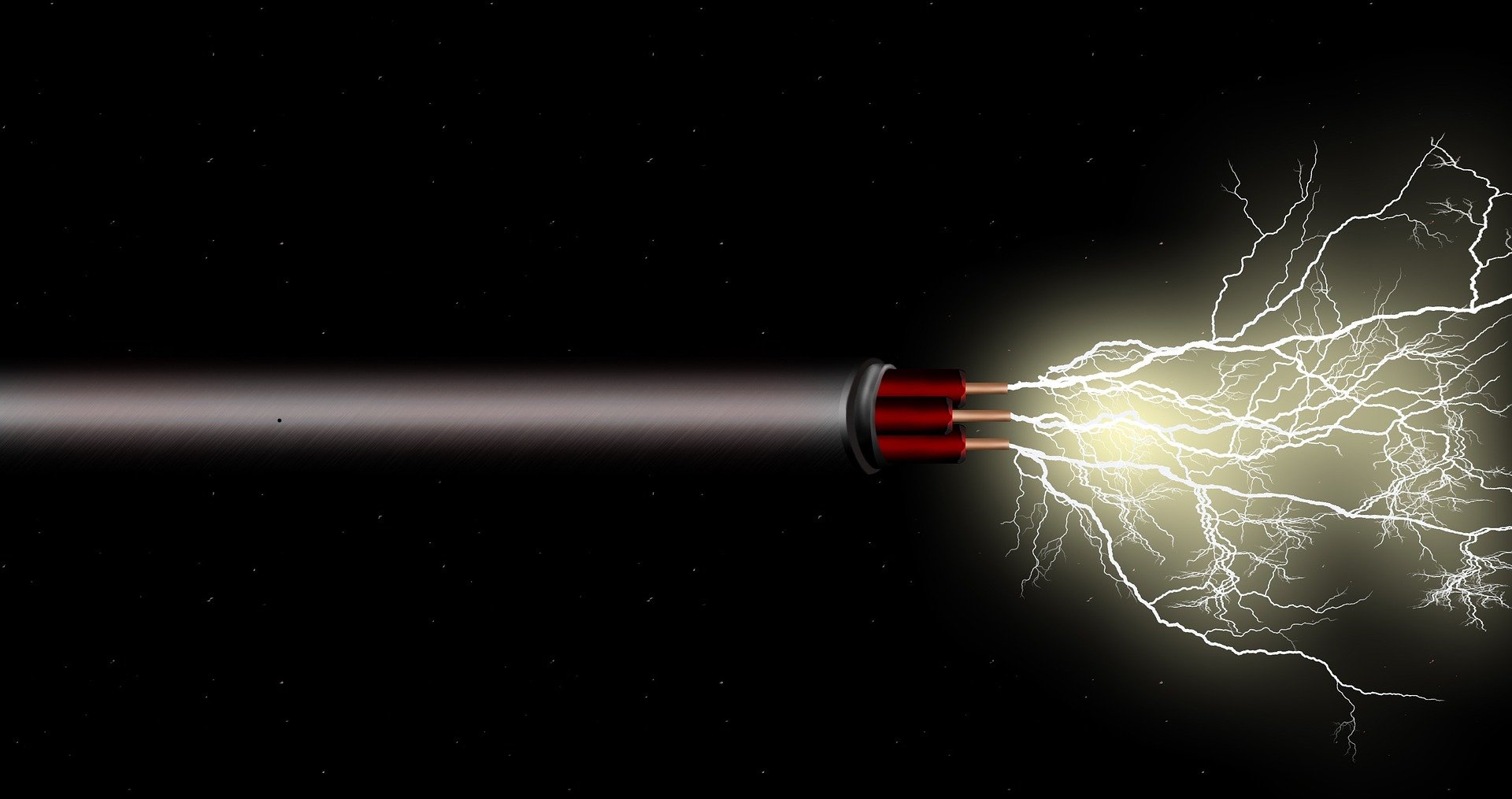
Researchers at the Chalmers University of Technology in Sweden have presented a new insulation material that is three times less conductive for high-voltage direct current (HDVC) cables. The polyethylene-based compound offers a more efficient solution that improves the performance and the properties of HDVC cables.
In transitioning towards more sustainable forms of energy, long-distance transport of electricity is key, as wind and solar farms are often located far from cities. Since they can be buried underground or laid on the seabed, HDVC cables are the best way to transport energy.
European countries are in the process of developing projects involving energy transportation between different parts of the continent. The NordLink project is one of them, and as it connects southern Norway and Germany, HDVC cables consequently need to be as efficient as possible.
“The ability to reduce the electrical conductivity of a high-voltage cable insulation material may enable the design of cables that are capable of transporting more electrical power, which would lead to lower transmission losses”, explains Professor Christian Müller, leader of the research.
Better performance
Existing HDVC cables are based on polyethylene. The Swedish team added to this material tiny amounts of poly 3-hexylthiopene (P3HT), a polymer that was never used for this kind of application before. Thanks to this combination, cables are three times less conductive, as P3HT improves the insulating properties of polyethylene.
What’s more, P3HT had never been used to modify the properties of a commodity plastic such as polyethylene before. The research by the Chalmers University of Technology paves the way towards the development of more optimised commodity plastics.
According to Müller, the new material can also come in handy for energy storage applications. The researcher also believes that other conjugated polymers could be used for the same uses. “There is a wide range of conjugated polymers, and organic semiconductors in general, which can be tested. I expect that there are other materials that show a similar or, possibly, even better effect”, Müller states.
Also interesting: Electric Auke: Will green power soon be delivered via an undersea cable network



